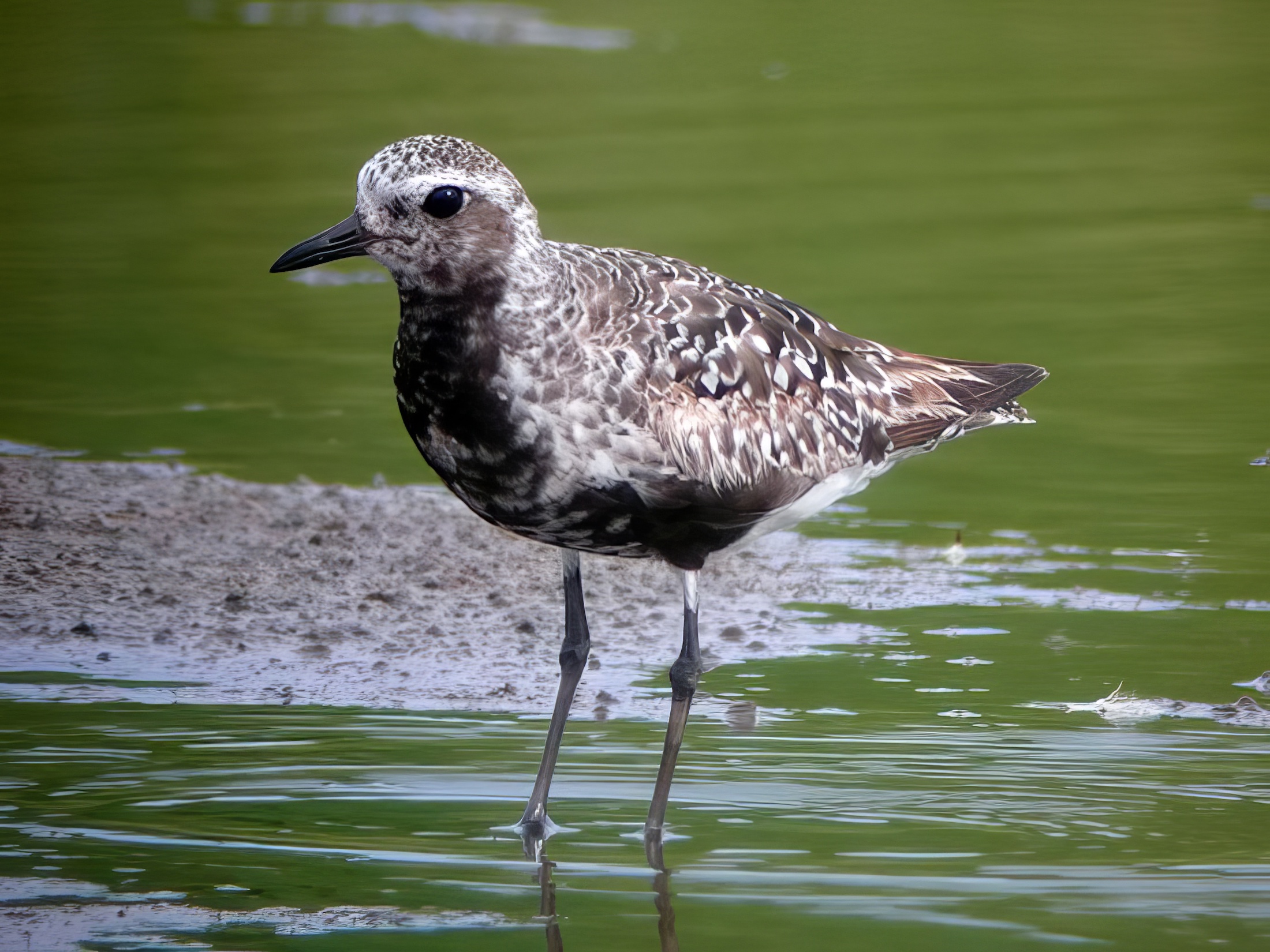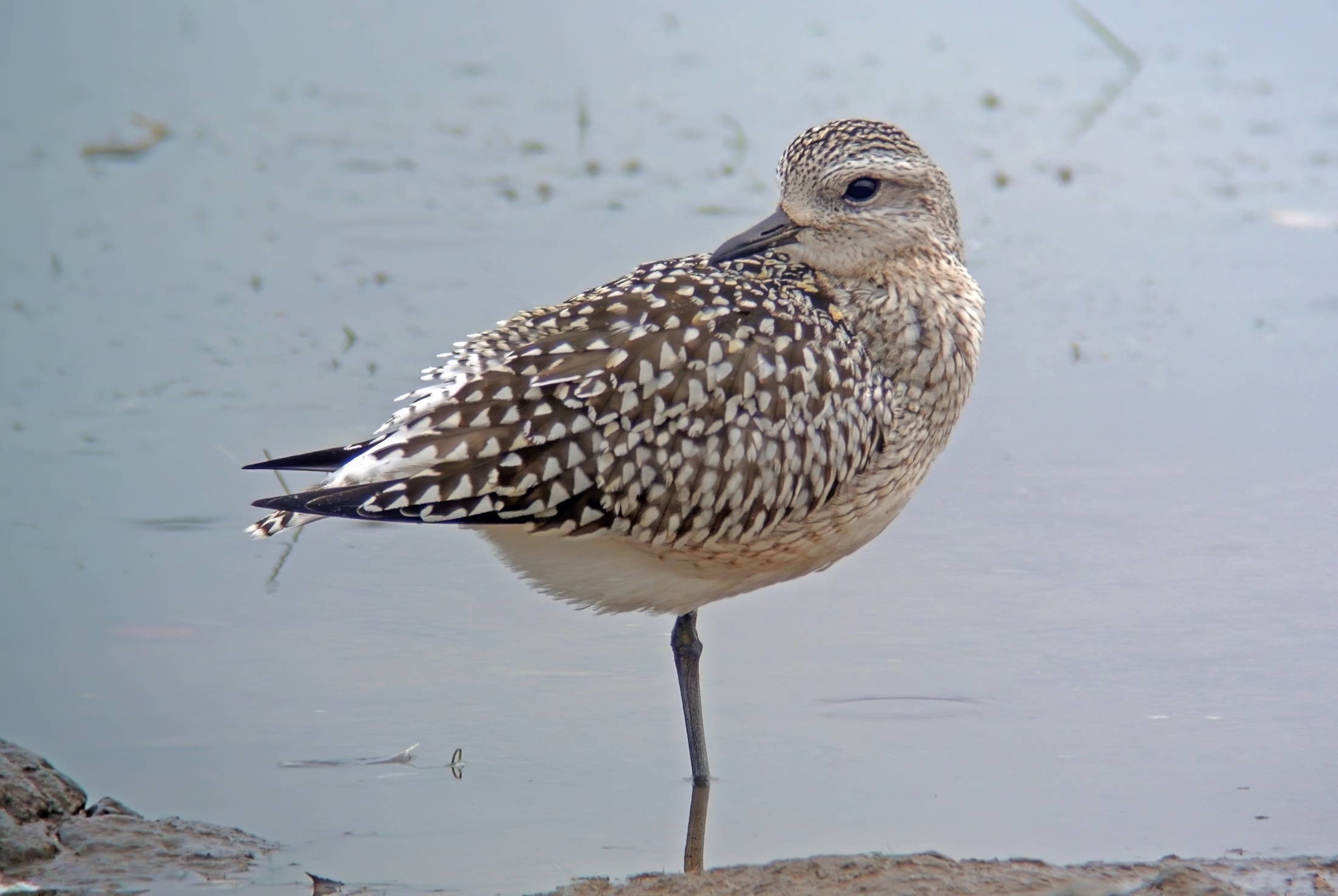Grey Plover Pluvialis squatarola


Grey Plovers tend to be confined to inter-tidal habitats in winter though they occasionally small numbers turn up inland during migration. The annual WeBS report for 2018/19 indicates that the long term 25-year trend for Grey Plover wintering in England is down 35%. The key wintering sites in Lincolnshire are The Wash and the Humber. WeBS Online indicates the rolling 5-year mean Lincolnshire wintering population to 2018-19 was around 12,400 of which 3,100 were around the Humber and 9,300 around The Wash. The Wash is the number one site in the UK for wintering Grey Plover, with the key area being Wainfleet-Gibraltar Point. The Humber is number four with the area between Cleethorpes and Grainthorpe Haven holding most birds. The largest flocks reported in LBR to 2020 have been Wainfleet 7,345 in March 2014 and Marshchapel 2,000 November 2017.
The BTO ringing scheme has recorded many recoveries of birds ringed in Lincolnshire and found in various European countries and North Africa, as well as on breeding grounds in northern Russia. Like many of the medium-sized and larger waders, they can be very long-lived and Wash-ringed birds have been found to survive to the age of 15-20 years.
(Account as per new Birds of Lincolnshire (2021), included September 2022)
